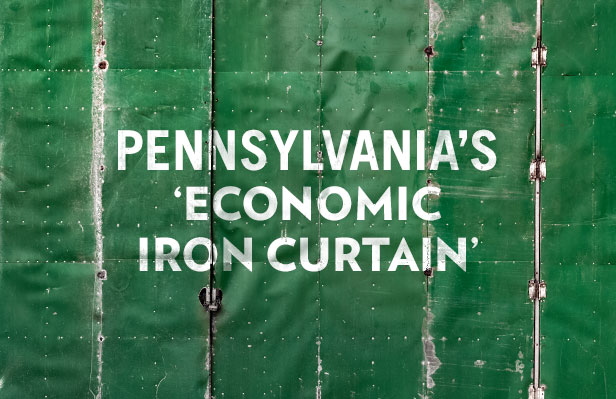Media

Tax Reforms Not Football Will Keep People in Pa.
The Steelers may not be the most recent Pennsylvania team to win a Super Bowl, but that doesn’t stop them from having the second highest out-of-state fan base. The diaspora known as Steeler Nation is a direct result of the stream of workers, neighbors, families, and football fans leaving our commonwealth, and it won’t be stopping anytime soon. Pennsylvania's employment growth rate since 1970 ranks in at 48, which makes it no surprise that people are looking elsewhere for opportunity.
Between 2017 and 2018, despite slight overall population growth, Pennsylvania saw a three percent reduction of workers. If Pennsylvania wants to reverse this trend we need more than football championships.
As my colleague Nate Benefield noted in this week’s Senate Majority Policy Committee Meeting on Student Flight (Brain Drain) from Pennsylvania, the first step to reversing brain drain is reducing the heavy tax burden plaguing Pennsylvanians.
According to the most recent Independent Fiscal Office (IFO) projections, 55,000 people between the ages of 20–24 are going to leave the state between 2017 and 2025. That’s more than the entire population of Harrisburg.
This is the continuation of a trend that saw 45,000 people in this age group leave for other states between 2010 and 2017. At the current rate of domestic emigration, Pennsylvania is losing the equivalent of two Harrisburg’s-worth of college graduates to other states every 15 years.
The chart below shows how the “brain drain” has become more pronounced in the past decade.
It’s no coincidence that young Pennsylvanians are moving to states with lower tax burdens, such as North Carolina, Florida, and Texas.
Pennsylvanian’s currently pay 10.2 percent of their total income in state and local taxes, about $4,589 per person. Pursuing meaningful tax relief includes reducing the personal income tax. Relief also means tackling the incredibly high Corporate Net Income Tax (CNIT), which is the third highest in the nation at 9.99 percent. Governor Wolf has already taken a step in the right direction and included lowering the CNIT to 5.99 percent by 2024 in his budget for 2019–20.
Reducing tax rates is important, but not enough. Changing how government operates to prevent future tax hikes through the Taxpayers Protection Act (TPA) is also key. The TPA puts growth limits on government spending, reducing the temptation to overspend and then backfill the budget with new revenues (aka tax hikes). This is a key step to ensure that our state government can operate responsibly rather than rashly as our population ages and changes.
Migration out of Pennsylvania is indicative of a larger problem. High tax burdens send workers and the businesses that hire them to other states, compounding the problem for those who remain. State tax reform and passage of the TPA along with regulatory reform will reduce Pennsylvanian’s tax burden and make it possible for more Pennsylvanians to prosper and root for their Steelers (or Eagles) right here at home.